For most hunters, there are few more cherished and relaxing places to spend time, than in the treestand, with nature’s beauty sprawling forth in every direction. From this vantage point, we marvel at the sight of the sun peaking above the horizon, reflect upon hunts of the past, and wish for a monarch of the woods to step forth from the shadows before us.
However, as relaxing as hunting from a treestand can be, this practice also comes with inherent risks. Every year, a countless number of hunters are injured, or worse, when they fall from their stand. Luckily, now more than ever, we have a significant number of tools at our disposal to prevent such tragic accidents.
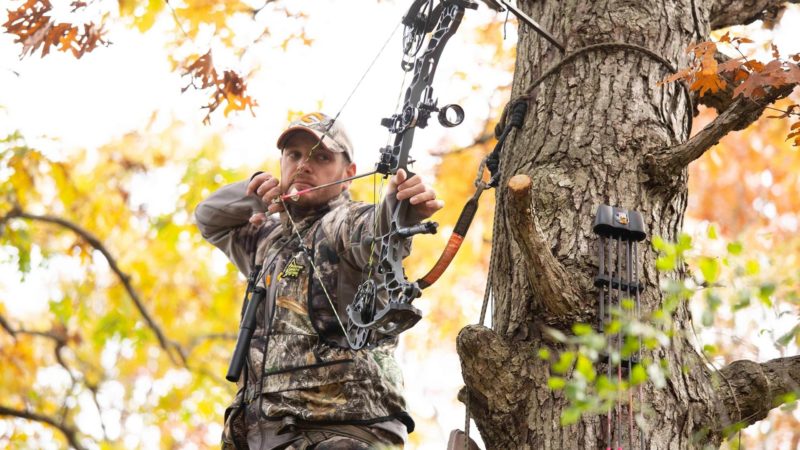
The development of modern treestand safety harnesses and lifeline systems have made it possible for hunters to remain tethered to their tree from the very moment their feet leave the ground, until they have safely descended at the conclusion of each hunt. However, like most safety items, harnesses and lifelines have an effective service life, and should be replaced when the need arises.
Unbeknownst to many hunters, both treestand safety harnesses and lifeline systems carry manufacturer recommended replacement intervals. All too often, hunters continue to wear the same safety harness for a decade or more, without giving any thought as to the state of its structural integrity. Likewise, an untold number of lifelines are left to weather in trees from one season to the next, without as little as a second thought being given.
The truth is, the fiber composition of harnesses and lifelines can, and do, break down when exposed to the barrage of elements faced over the course of a season.
Moisture, UV light, and physical wear and tear all play a role in the inevitable aging of safety apparatuses, and manufacturers account for these factors when setting forth guidelines for replacement.
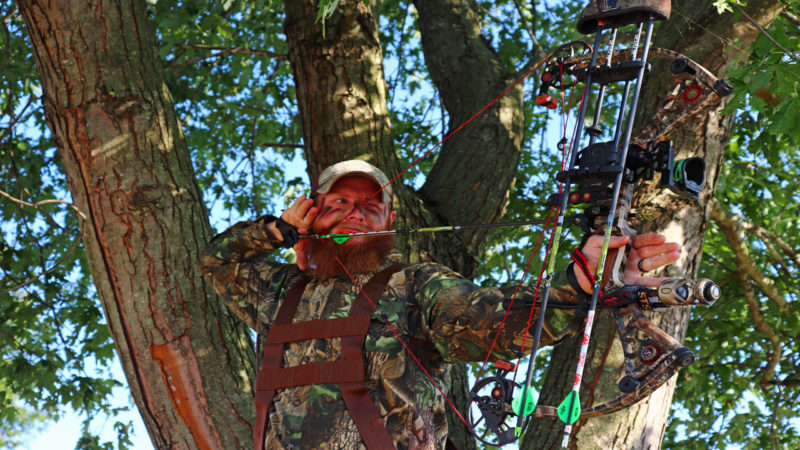
Are you having trouble remembering exactly how old your current harness is? If so, consult the orange safety tag that is stitched into the unit’s straps. This tag is stamped with the build date of the harness in question, and can be referenced, should you have any doubts.
In a similar fashion, most manufacturers recommend that a lifeline system be replaced after its second year of service. While this might seem premature in the minds of many, it is worth remembering that a lifeline typically stays affixed to the tree that it is situated in, for the duration of a season. This constant exposure to the elements promotes accelerated breakdown, and risk of failure.
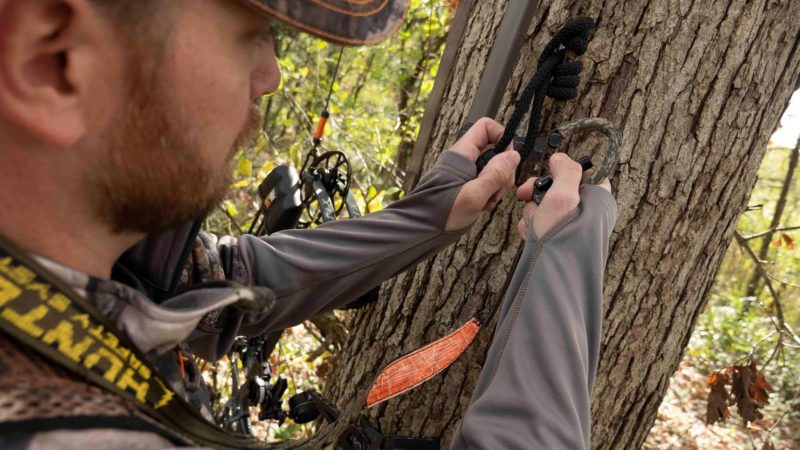
As a rule, most manufacturers, as well as the TMA (Treestand Manufacturers Association) recommend that a safety harness be removed from service after a period of 5-years, when used under typical circumstances.
With that being said, several manufacturers go as far as to recommend replacement after 3-years of use.
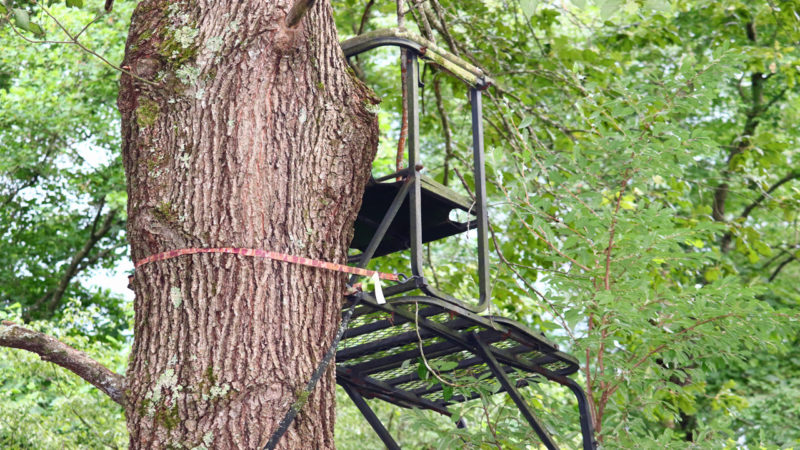
Attentiveness Saves Lives
There are additional reasons to discontinue the use of a harness or lifeline, outside of compliance with recommended replacement intervals. At times, such a device can inadvertently become damaged, due to the often inhospitable conditions faced throughout the course of the fall season.
Harnesses can become snagged when crossing fences, or cut by incidental contact with a broadhead, and lifelines can be frayed by falling limbs or overly inquisitive rodents. No matter the cause, a damaged harness or lifeline is compromised, and is no longer worth betting your life on.
The first line of defense against falling victim to such damage, is to conduct regular inspections of all safety equipment. Check the entire length of your lifeline for cuts or signs of fraying, while also looking over your harness’ stitching, buckles, and straps for any irregularities. If anything appears to be out of sorts, discard the damaged piece of equipment immediately.
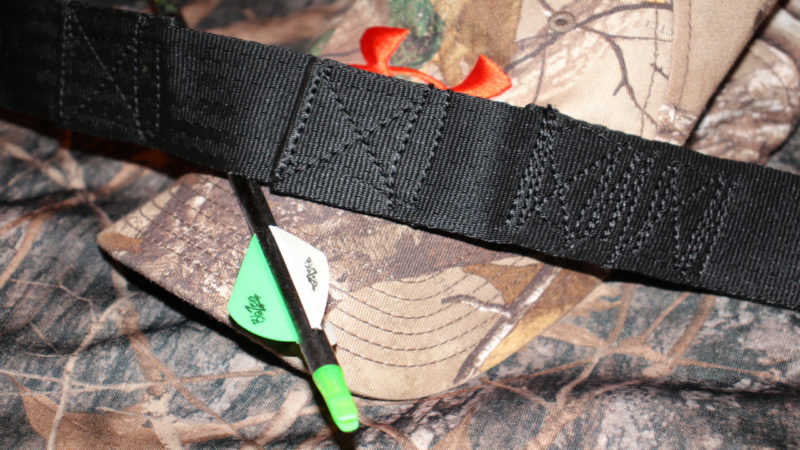
Harnesses that have been worn during a fall should also be retired. Treestand safety harnesses feature breakaway stitching that is intended to separate in the event of a fall, which in turn, absorbs the shock imparted by bringing a hunter’s body to a sudden and abrupt stop.
Once this stitching has been broken, a harness is void of any shock absorbing ability. A harness in this state is prone to failure if subjected to repeat loading, and can also badly injure anyone who was to wear such a unit if a second fall were to occur.
While being forced to replace a harness or lifeline earlier than expected can indeed be aggravating, such a purchase is not hard to justify when you consider what is at stake. Remember, the only thing that is keeping you from taking a tumble from your stand, is a couple of weathered ratchet straps. If these straps were to fail, there is nowhere to go but down.
Even One Fall Is Too Many
No one ever expects to face their own mortality when setting out for an afternoon in the stand. However, more than one hunter has been left clinging to life after a fall, at the hands of a situation that could have all too easily been prevented.
Do you trust your current harness to stop you from plummeting to the ground, should your hunt go ary? If you are even the least bit hesitant in your response, make any necessary adjustments to shore up your safety equipment before it is too late.
The use of outdated, antiquated, or damaged safety equipment is little better than wearing no harness at all, and skimping out on the replacement of such gear can very possibly be the last mistake you will ever make.

 By
By 



